Family Dentistry
- Home
- Family Dental Care
Your Trusted Dentists in Watertown & Wayland (2025)
At D’Amico Family Dental Center, we are proud to be the leading provider of comprehensive Family Dentistry for patients of all ages in Watertown and Wayland. Our skilled team of dental professionals uses the latest technologies to offer personalized services, ranging from routine checkups and cleanings to restorative and cosmetic treatments, ensuring that your entire family enjoys healthy, beautiful smiles. Our clinics in both locations are designed to create a warm, stress-free environment for your comfort.
What makes us stand out is our dedication to building lasting relationships through patient education, preventive care, and gentle, patient-centered treatments. Whether it’s your child’s first dental visit or advanced procedures like dental implants, our experienced team delivers exceptional care with expertise and compassion. With convenient locations in both Watertown and Wayland, we make high-quality Family Dentistry accessible to busy families.
In 2025 and beyond, choose D’Amico Dental Care, as your family’s lifelong partner in oral health!
A. Comprehensive Family Dental Care
Family dentistry delivers complete preventive, diagnostic, and therapeutic services for all life stages, including routine exams, cleanings, restorations, orthodontics, and periodontal care. Advanced technologies like digital imaging and CAD/CAM systems enhance diagnostic precision and treatment outcomes. This family-centered model prioritizes patient education and preventive strategies to establish lifelong oral health foundations.
Emergency Dental Care for Families
Emergency services within family-centered care require a systematic approach guided by scientific protocols. Research indicates that a significant percentage of adults experience at least one dental emergency annually. In family-focused clinics, emergency cases including dental trauma, acute periapical abscesses, and irreversible pulpitis are managed according to the latest evidence-based guidelines. Our approach incorporates:
- Rapid Assessment using digital radiography
- Advanced Pain Management techniques
- Immediate Stabilization Treatment meeting gold standards for all age groups
Our emergency interventions extend beyond immediate treatment to include systematic follow-up care. Studies demonstrate most emergency cases require subsequent visits.

Our emergency management system features:
– Standardized Triage Protocols
– Age-Specific Interventions (including pediatric behavioral techniques)
– Comprehensive Post-Crisis Treatment Planning
Restorative Dental Procedures for All Ages
In family dentistry, restorative approaches must be designed according to the specific needs of each age group. For children, preventive restorations such as fluoride varnish and fissure sealants (with 80% effectiveness in caries prevention) are recommended based on AAPD guidelines. For adolescents and adults, minimally invasive restorations like ceramic inlays/onlays with 15-year longevity and new-generation composite restorations with 300-400 MPa strength are utilized. For elderly patients, specific protocols such as zirconia-based full-coverage crowns (with 95% 10-year success rate) and foundational restorations for teeth with root resorption are employed. These age-specific approaches are designed based on studies from the Journal of Operative Dentistry and guidelines from the National Institute of Dental and Craniofacial Research (NIDCR).
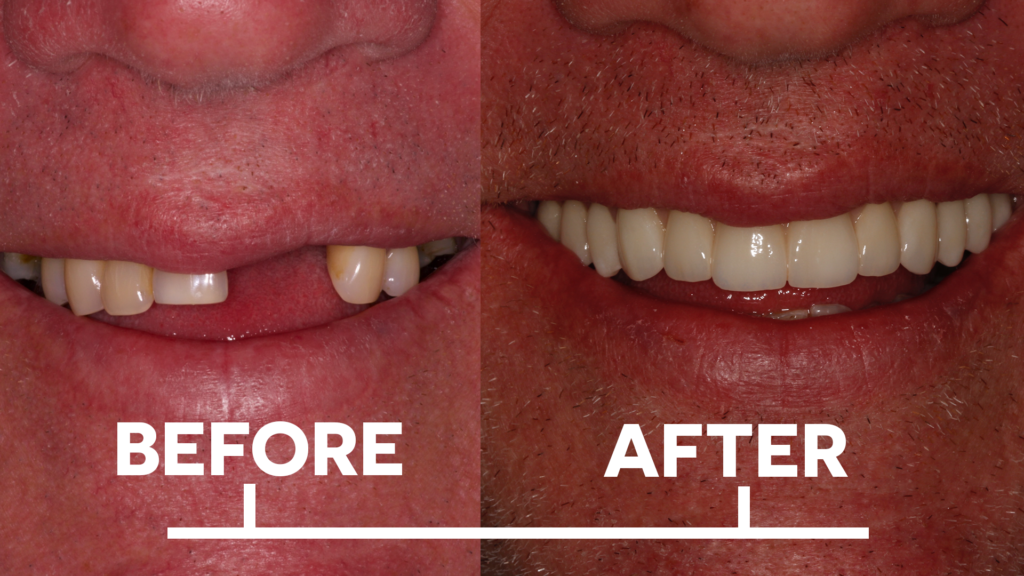
Dental Education for Children
This topic, central to family dentistry, plays a vital role in caries prevention. Studies demonstrate that proper education can prevent up to 70% of dental caries. Effective methods in Family Dentistry such as the Tell-Show-Do technique and engaging educational models significantly reduce children’s anxiety and improve their cooperation. Parental education forms an integral part of this process.
Interactive applications with augmented reality and digital reward systems have made oral hygiene education appealing to children. These methods increase adherence to toothbrushing by up to 40%. The integration of new technologies with traditional approaches has created an effective paradigm in pediatric dental education.
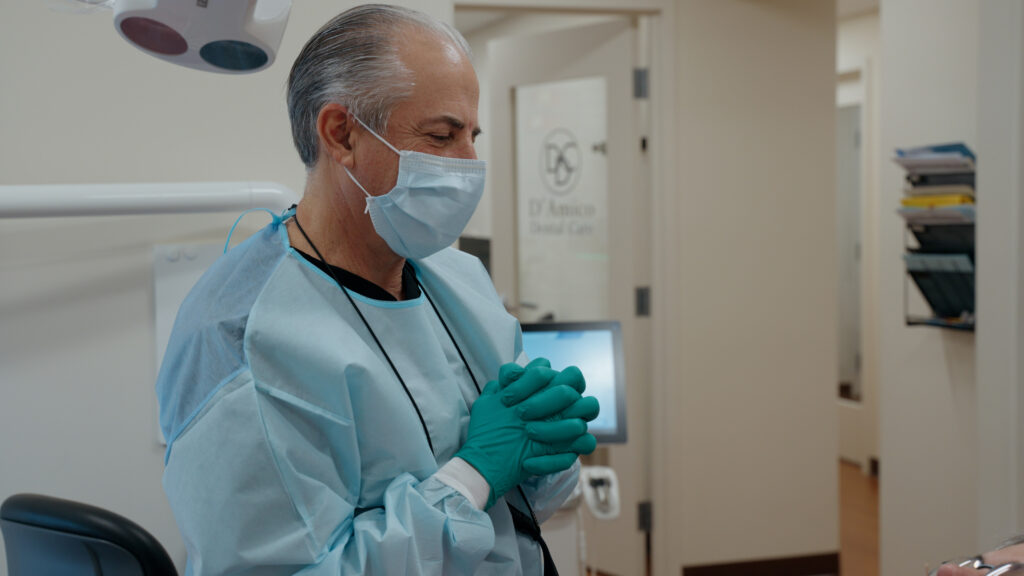
B. Preventive Dentistry for All Ages
Proactive dental care focuses on regular check-ups, professional cleanings, fluoride therapy, and sealant applications to prevent dental caries and periodontal diseases across all age groups. This approach, combined with personalized oral hygiene education and customized treatment planning, ensures lifelong oral health.
Dental Sealants for Protection
Sealants represent one of the most effective methods for preventing caries, particularly in the occlusal surfaces of molars. Research indicates they can prevent up to 80% of fissure caries. These protective coatings create a physical barrier over pits and fissures, preventing plaque and bacterial accumulation. The optimal application time is immediately after permanent molar eruption (typically at ages 6 and 12), when these teeth are most vulnerable.
While primarily recommended for children, sealants also benefit high-risk adults. Newer fluoride-releasing sealants combine physical protection with sustained fluoride release. These advanced formulations remain effective for up to 5 years and, when combined with other preventive measures, ensure long-term dental health. Regular clinical monitoring is essential to assess sealant retention and effectiveness.
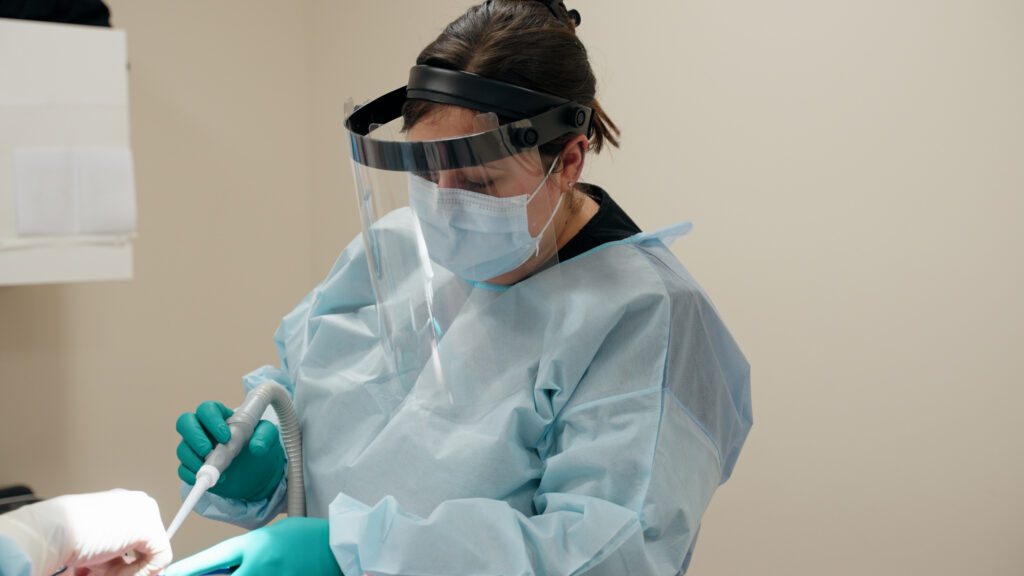
Fluoride Treatments
Professional fluoride treatments effectively prevent caries across all ages, reducing decay by 30-50% in children and 20-40% in adults. Fluoride works through remineralization and acid-resistant fluorapatite formation. Modern protocols in family dentistry recommend varying concentrations (5,000–22,600 ppm) and application methods (varnish/gel) based on caries risk. Children benefit from varnish every 3-6 months, while adults with xerostomia require stronger formulations. The World Dental Federation (FDI) considers fluoride therapy combined with home care essential for prevention. Research confirms its safety and cost-effectiveness.
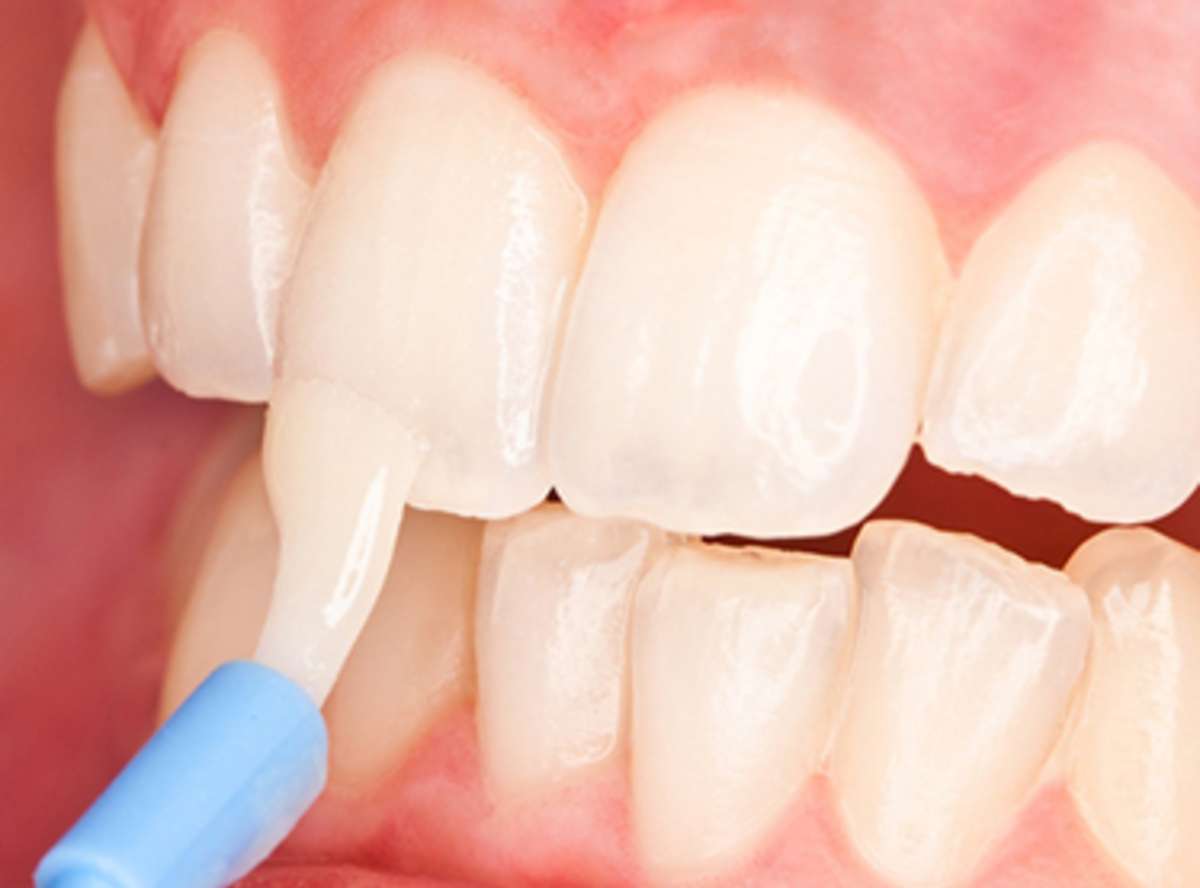
Routine Checkups and Cleanings
Regular dental examinations every six months serve as the cornerstone of preventive dentistry for all age groups. These comprehensive evaluations include a complete assessment of oral health status, cancer screening, and early detection of dental caries using advanced digital technologies such as Diagnodent. Research indicates this preventive approach can reduce the need for complex dental treatments by up to 80%.
Professional scaling with advanced ultrasonic devices thoroughly removes both supragingival and subgingival plaque and calculus deposits. When combined with polishing and fluoride application, this procedure effectively prevents periodontal diseases while strengthening tooth enamel. According to scientific studies, regular professional cleanings can reduce the risk of periodontal diseases by 50%.
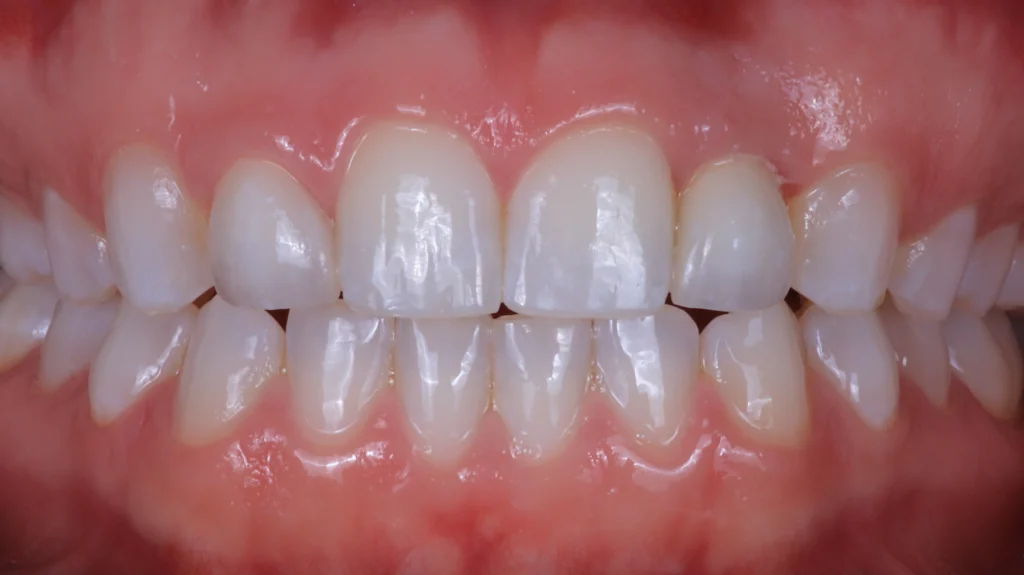
C. Pediatric Dental Services
Pediatric dentistry focuses on prevention, early treatment, and education to guarantee children’s oral health from their first baby tooth through their permanent teeth. Services include regular check-ups, fluoride treatment, fissure sealants, early caries treatment, and behavior management using specialized techniques like Tell-Show-Do.
Early Dental Care for Children
Dental visits should begin with the eruption of the first tooth or no later than age one. These early visits to Family Dentistry allow for the detection and prevention of dental issues such as early childhood caries (ECC). According to the American Academy of Pediatric Dentistry (AAPD 2023) guidelines, biannual check-ups, along with proper brushing and flossing instruction, establish critical foundations for children’s oral health.
Preventive measures like fluoride therapy and sealants are essential components of Family Dentistry, playing a vital role in protecting both primary and permanent teeth. Research shows that dental sealants can prevent up to 80% of occlusal surface caries.
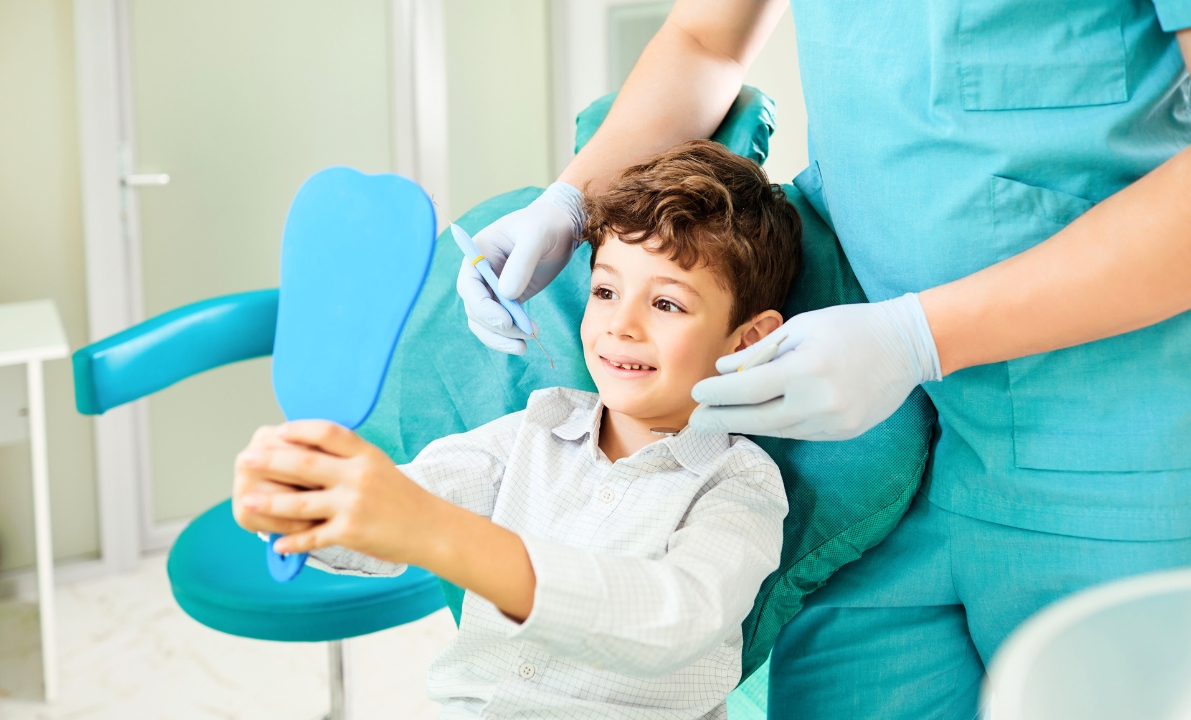
Teething Advice and Treatment
The teething period for primary teeth typically occurs between 6 to 24 months of age and may present with symptoms including irritability, excessive drooling, and gingival inflammation. Clinical studies indicate 70-85% of infants experience mild-to-moderate discomfort during this phase .Recommended symptom management includes:
- Chilled (not frozen) teething rings
- Gum massage with moist sterile gauze
- Physician-supervised acetaminophen when necessary
Benzocaine-containing topical anesthetics should be avoided due to methemoglobinemia risk. Immediate pediatric dental consultation is required if high fever, diarrhea, or lethargy develop, as these may indicate infection. Modern teething protocols emphasize
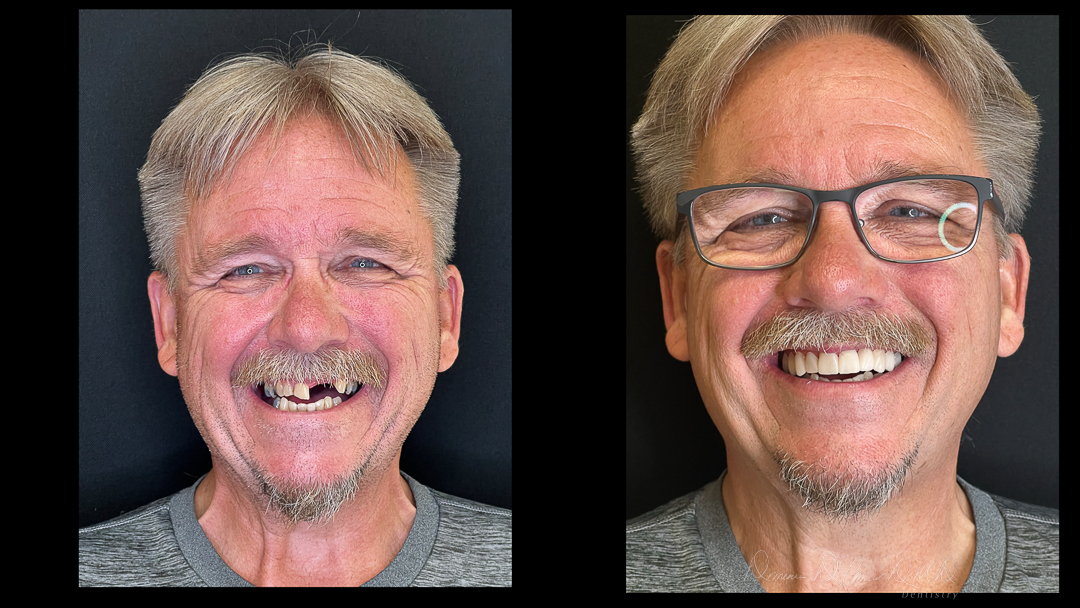
✓ Parent education
✓ Non-pharmacological approaches
✓ Evidence shows silicone teething devices are safer/more effective than traditional methods
Behavioral Management for Young Patients
Effective behavioral management in pediatric dentistry requires a profound understanding of child developmental psychology and age-appropriate communication techniques. Studies in family dentistry indicate that the Tell-Show-Do (TSD) method is recognized as the gold standard for reducing dental anxiety in children. Other techniques such as positive reinforcement, distraction, and modeling by trained assistants can improve child cooperation by up to 80%. In cases of severe anxiety, more advanced methods like gradual desensitization (DS) under the supervision of a child psychologist are recommended.
Today, virtual reality (VR) and interactive applications are utilized as adjunct tools for stress reduction in children. Research has demonstrated that these methods can reduce salivary cortisol levels by up to 40%. In specific cases, conscious sedation with nitrous oxide or low-dose oral medications (according to AAPD protocols) may be implemented. The key to success with these methods lies in the accurate assessment of the child’s cognitive development level and selection of the most appropriate technique accordingly.
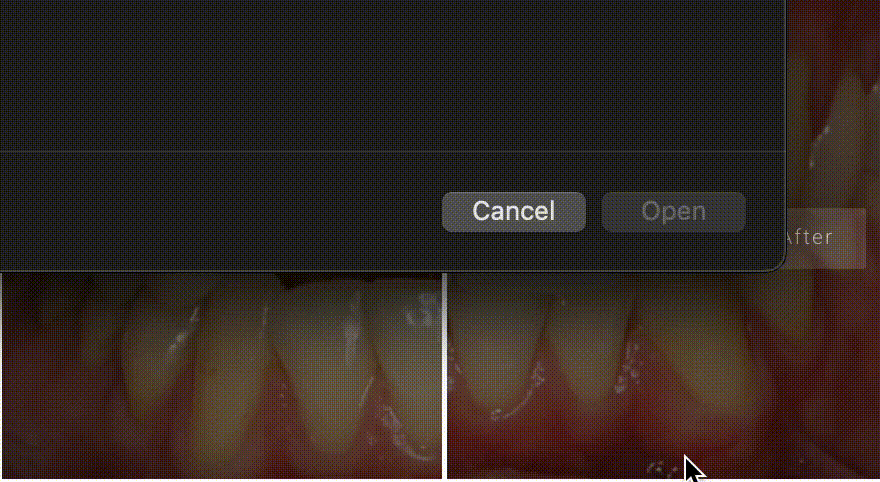
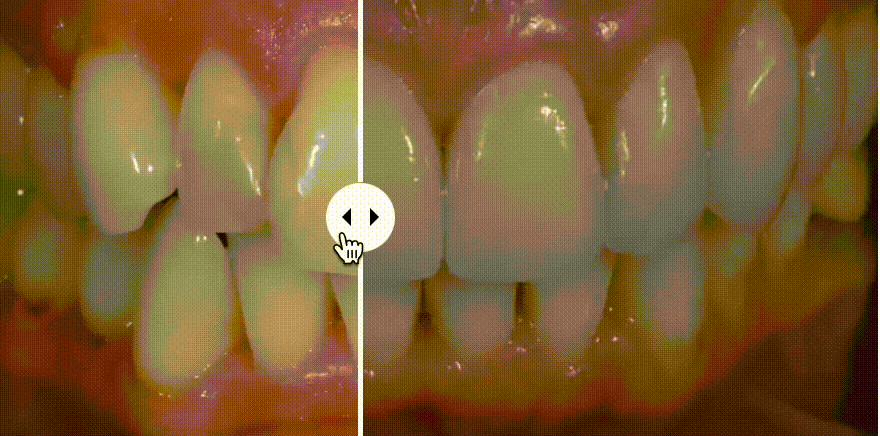
D. Orthodontic Treatment for Families
Orthodontic care designed for families encompass specialized treatments for children (preventive orthodontics), adolescents (fixed braces), and adults (Invisalign). This approach achieves optimal and stable outcomes through early diagnosis of dentofacial abnormalities (at ages 7-8) and utilization of digital technologies.
Braces for Children and Adults
Family dentistry now offers orthodontic treatment with braces for all age groups, with the optimal treatment window for children typically falling between 8 and 14 years of age. Studies show that early intervention in children can prevent the need for tooth extraction or jaw surgery in the future. For children, traditional metal braces remain the standard option, while ceramic braces and Invisalign are more popular among teenagers. Treatment duration for children usually ranges from 18 to 24 months, depending on case complexity.
Orthodontic treatment is also highly effective for adults, though it may take longer (24 to 36 months). Recent advancements in brace technology, such as Damon (low-friction) systems and clear aligners, have improved comfort and aesthetics for adult patients. Research indicates that approximately 25% of orthodontic patients are adults. A key consideration in adult treatment is assessing gum health and existing dental restorations before beginning therapy.
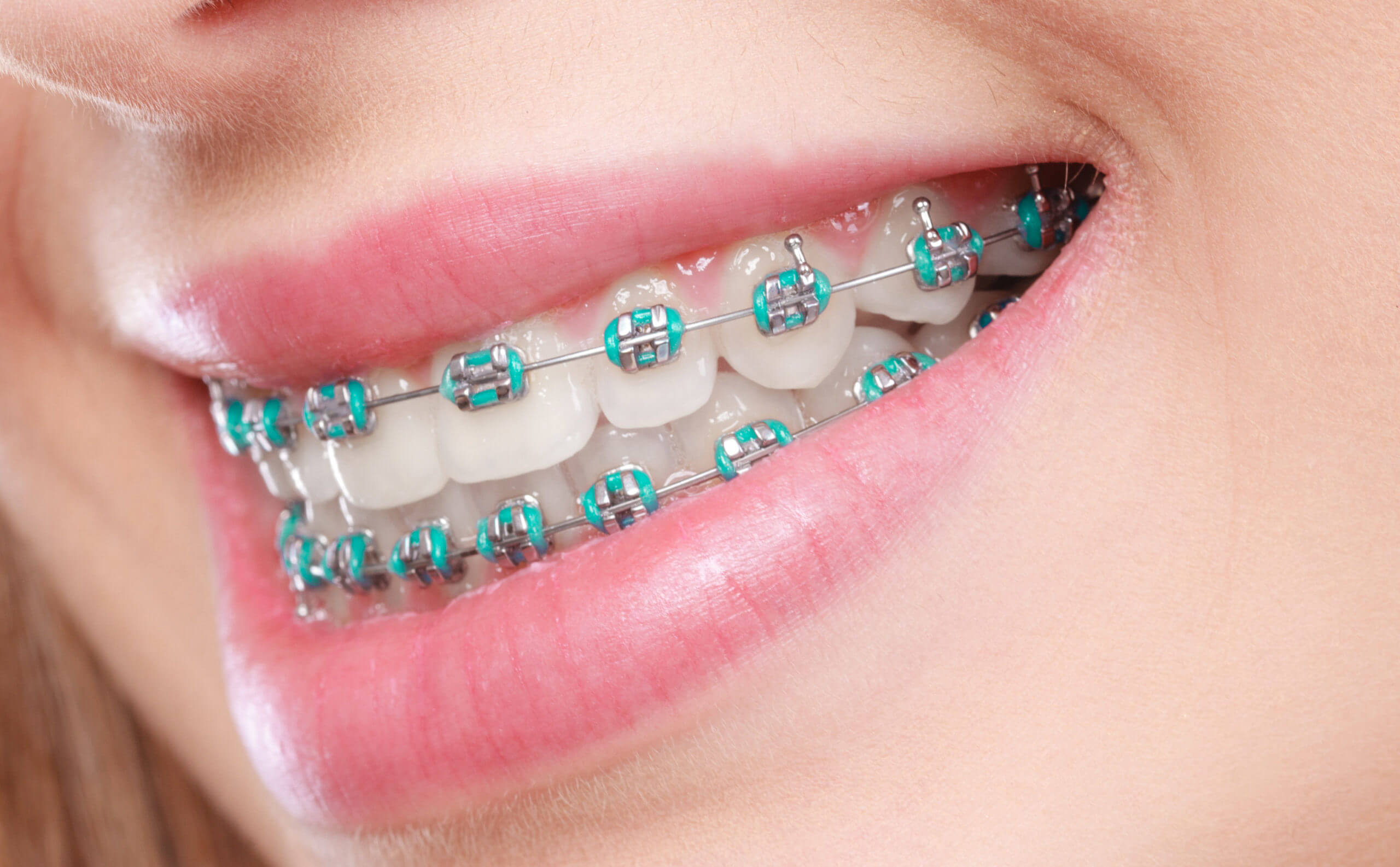
Invisalign for Teenagers and Adults
Invisalign has gained significant popularity as a discreet orthodontic treatment among teens and adults. This system utilizes clear, removable aligners to correct issues such as crowding, spacing, and malocclusion. Studies show that Invisalign Teen with specialized features like wear indicators delivers effectiveness comparable to traditional braces. Treatment typically takes 12 to 18 months, requiring patient compliance with 20–22 hours of daily wear.
Invisalign is ideal for adults, offering invisibility and the convenience of removable aligners for eating and oral hygiene. However, it may not suit severe malocclusions and requires careful evaluation by an orthodontist.
Key Benefits of Invisalign:
✔ Aesthetic – Virtually invisible
✔ Comfortable – No metal brackets/wires
✔ Convenient– Removable for meals and cleaning
✔ Advanced Tech– SmartTrack material for better fit
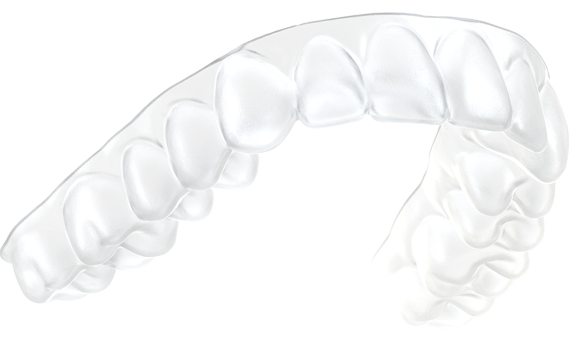


Early Orthodontic Evaluations
An initial orthodontic evaluation should be conducted no later than age 7, even if the teeth appear normal. This early assessment allows for the detection of underlying issues such as insufficient space for permanent teeth, jaw abnormalities, and harmful habits like thumb sucking. Studies show early intervention at this age can reduce the need for complex future treatments by up to 40%. At this stage, dentists may use simple appliances like space maintainers or growth guidance headgear to properly direct jaw development.
Timely diagnosis of orthodontic problems enables dentists to initiate treatment at the optimal time (typically between 8-11 years of age). This “two-phase treatment” approach includes an initial phase for jaw structure correction and a second phase for teeth alignment. Research in family dentistry indicates this method not only shortens overall treatment duration but also yields more stable results. Parents should note that regular six-month follow-up exams after the initial evaluation are essential to precisely determine the ideal treatment commencement time.
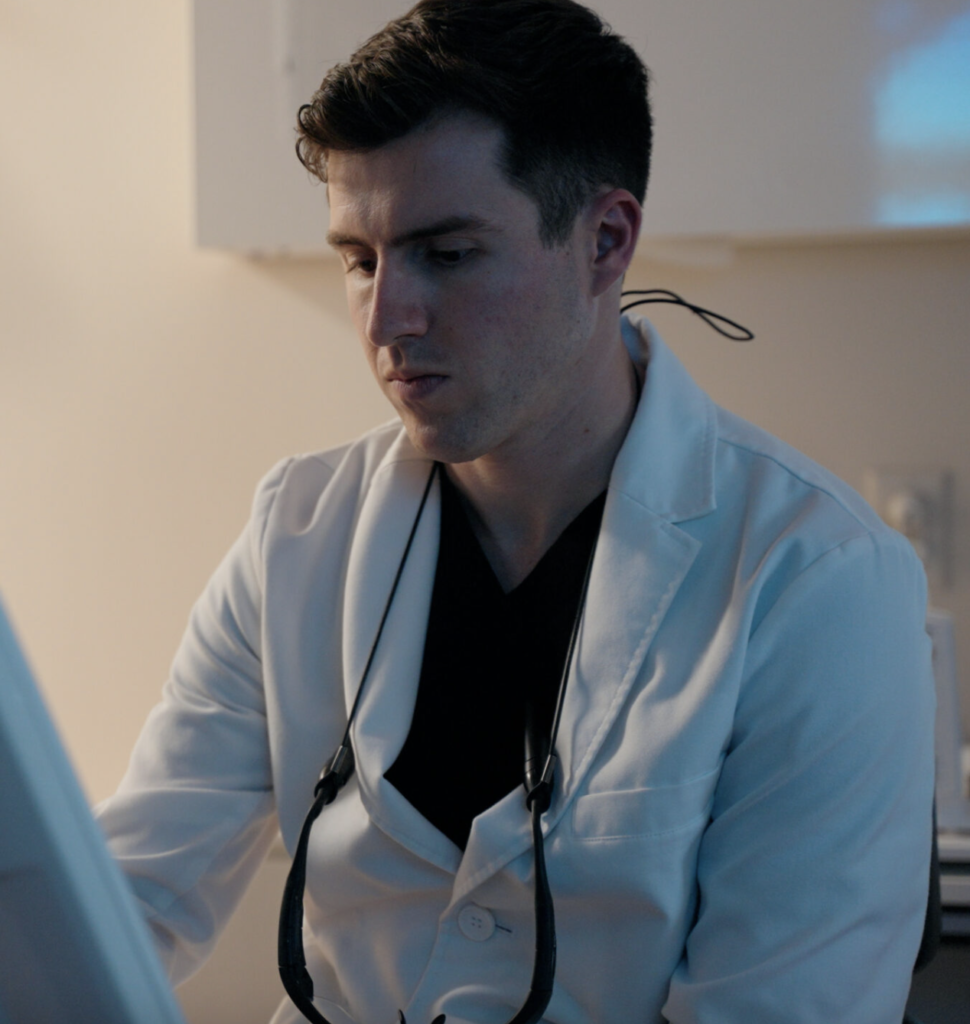
E. Routine Checkups and Cleanings
Biannual comprehensive examinations combined with professional dental cleanings form the cornerstone of family-centered dental care. These services encompass complete oral health evaluations, cancer screenings, ultrasonic plaque and calculus removal, and fluoride applications. Clinical studies demonstrate these preventive measures can reduce the incidence of complex dental issues by up to 80%.
Comprehensive Dental Exams
Oral examinations form the cornerstone of preventive oral care, extending far beyond basic tooth inspections. These evaluations encompass thorough assessments of teeth, gums, temporomandibular joints, and oral cancer screenings. Utilizing advanced technologies like low-dose digital radiography and sophisticated diagnostic devices, they enable early detection of hidden issues such as interproximal caries and bone loss. Research demonstrates that regular comprehensive exams can significantly reduce the need for complex dental procedures.
A complete examination typically includes evaluation of existing restorations, occlusal and masticatory function analysis, and personalized risk assessment for oral diseases. Dentists employ standardized indices for periodontal health and caries status to develop customized treatment plans.
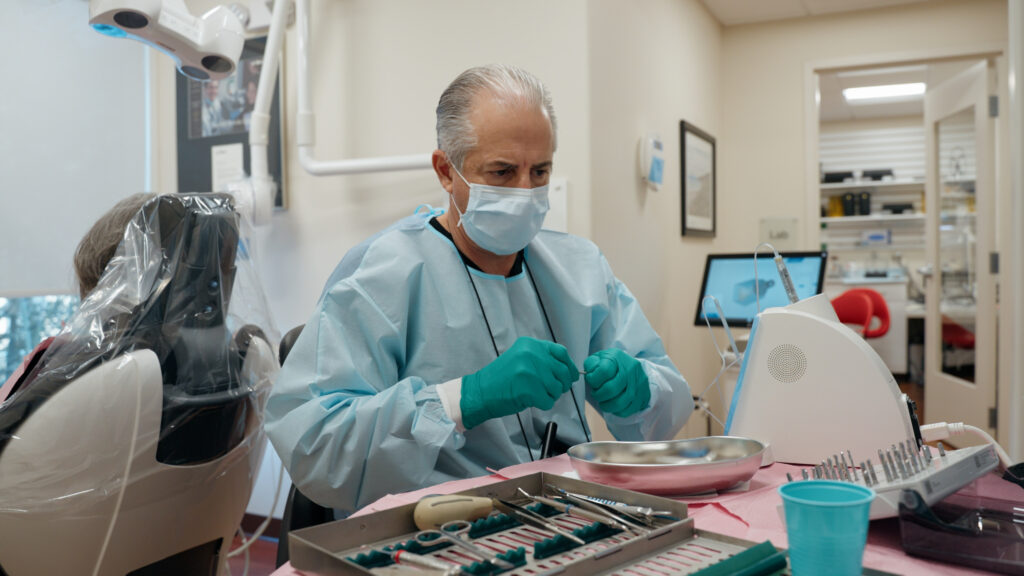
This approach not only preserves oral health but also addresses the oral-systemic health connection. Annual comprehensive exams are strongly recommended as essential preventive healthcare measures.
Professional Teeth Cleaning
Clinical teeth cleaning (prophylaxis) stands as a cornerstone of preventive dental care. This procedure utilizes advanced ultrasonic devices and specialized hand instruments to effectively remove microbial plaque, tartar deposits, and surface stains. Clinical studies demonstrate that regular professional cleanings every six months can reduce the risk of periodontal disease by up to 50%. Beyond cavity prevention, this service facilitates early detection of gingival conditions and other dental abnormalities.
The professional cleaning protocol consists of three key phases:
- Ultrasonic scaling for thorough calculus removal
- Precision polishing with professional-grade paste
- Fluoride treatment for enamel strengthening
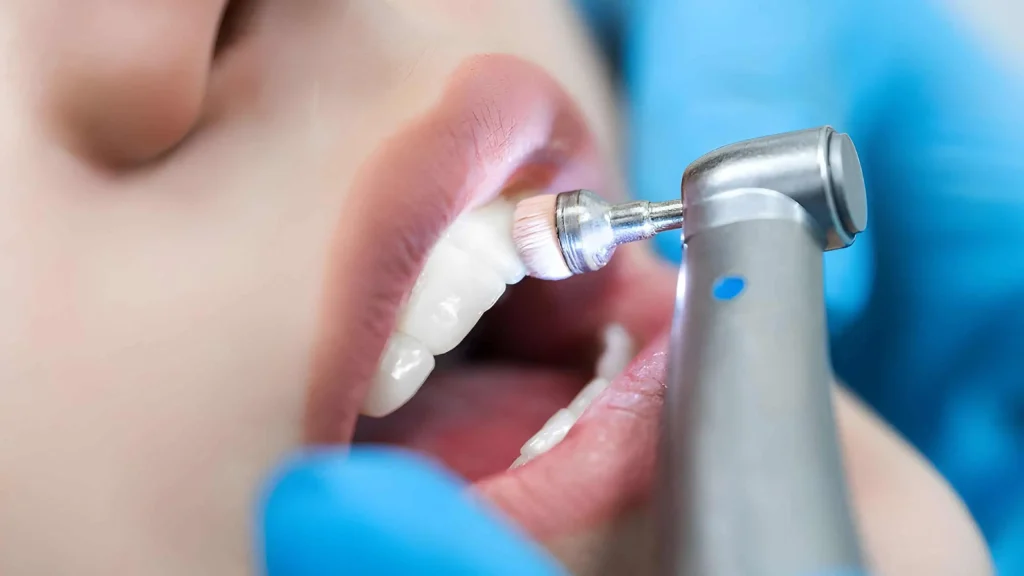
This comprehensive approach not only enhances periodontal health but also restores natural tooth brightness. Research confirms that combining professional cleaning with personalized oral hygiene instruction represents the most effective strategy for long-term oral health maintenance. This essential service is recommended for all age groups, from pediatric to geriatric patients.
X-rays and Preventive Care
Dental X-rays serve as a vital diagnostic tool for early detection of dental problems. Modern digital radiography systems utilize extremely low radiation doses (less than 0.005 mSv per image) while effectively identifying interdental caries, root infections, and structural abnormalities not visible during visual examinations. This technology proves particularly valuable for monitoring permanent tooth development in children and assessing jawbone health in adults. Advanced techniques like contrast-enhanced digital radiography with magnification capabilities have significantly improved diagnostic accuracy.
In family dentistry, a customized radiographic schedule is developed for each patient based on age, medical history, and risk factors. For children, the first X-rays are typically recommended at age 5-6 to evaluate first molars.
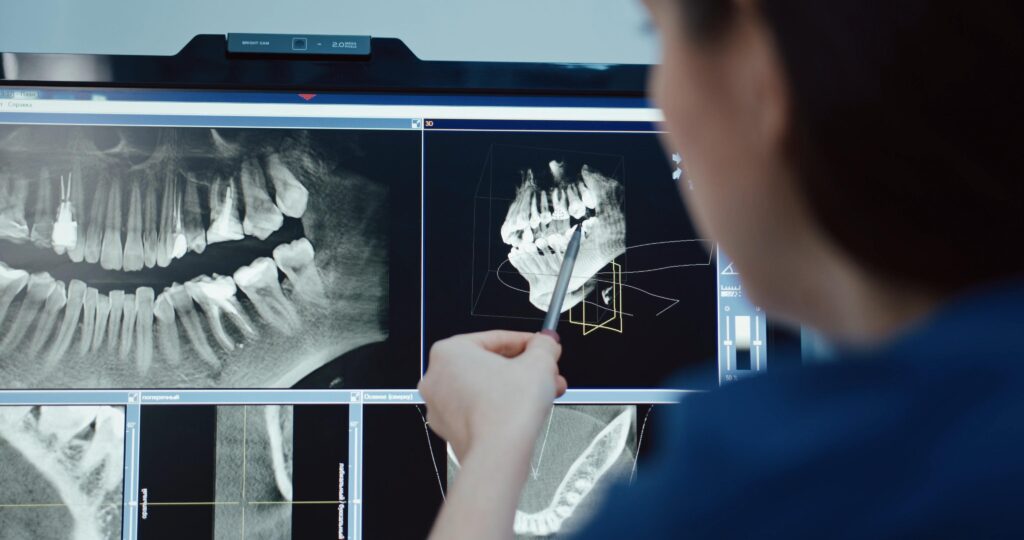
Adult patients generally require full-mouth series every 3-5 years and bitewing radiographs every 12-18 months to monitor interdental caries. These imaging protocols enable timely preventive interventions and help avoid progression of dental diseases.

